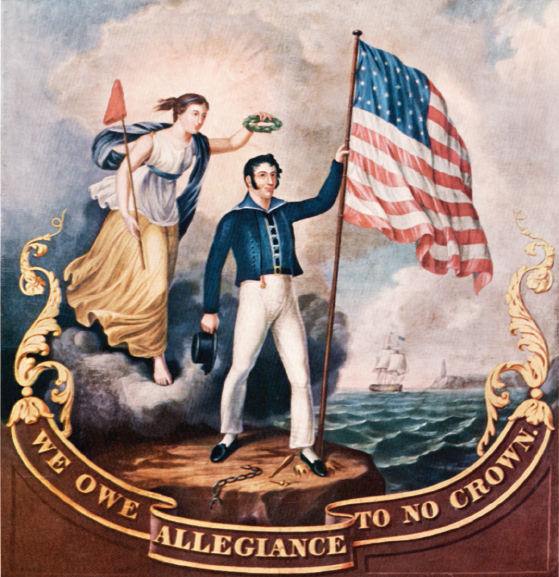Why did partisan conflict increase during the administrations of Monroe and Adams?
Printed Page 284

VIRGINIANS CONTINUED THEIR hold on the presidency with the election of James Monroe in 1816 and again in 1820, when Monroe garnered all but one electoral vote. The collapse of the Federalist Party ushered in an apparent period of one-party rule, but politics remained highly partisan. At the state level, increasing political engagement sparked a drive for universal white male suffrage. At the national level, ill feelings were stirred by a sectional crisis in 1820 over the admission of Missouri to the Union, and foreign policy questions involving European claims to Latin America animated sharp disagreements as well. Four candidates vied for the presidency in 1824 in an election decided by the House of Representatives. One-party rule was far from harmonious.
CHRONOLOGY
1816
- – James Monroe is elected president.
1819
- – Adams-Onís Treaty.
1820
- – Missouri Compromise.
1823
- – Monroe Doctrine is asserted.
1825
- – John Quincy Adams is elected president by House of Representatives.